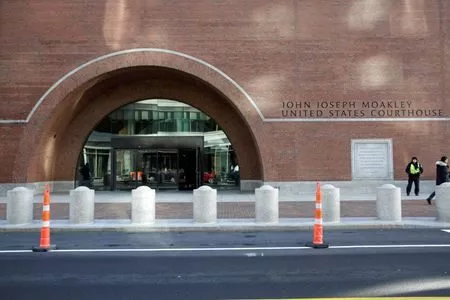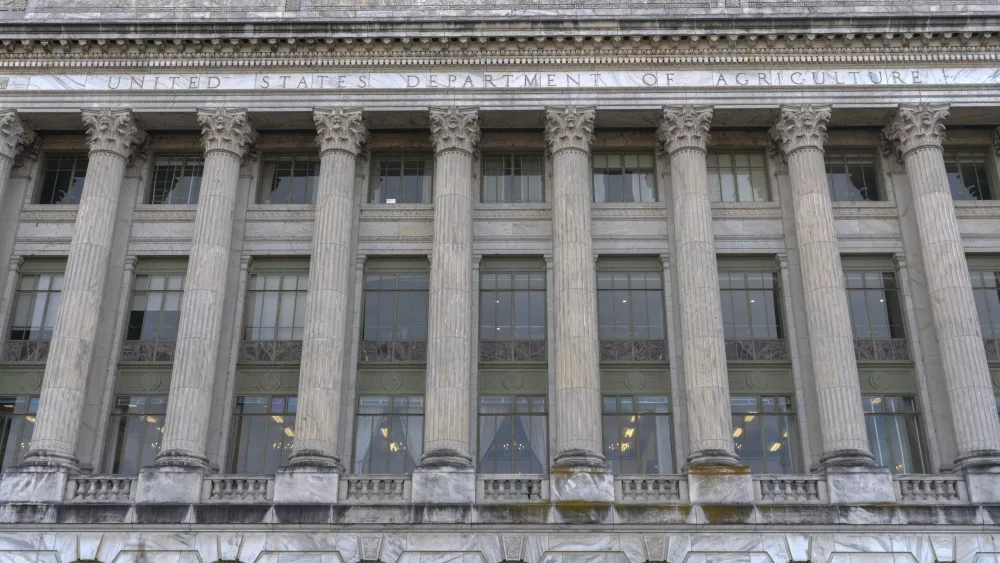By Nate Raymond
BOSTON (Reuters) – A U.S. judge extended an order on Friday blocking President Donald Trump’s administration from slashing grant funding for scientific research that could devastate the budgets of thousands of universities and research institutions while she considers whether the National Institutes of Health’s new policy is unlawful.
Although she did not say how she would ultimately rule, U.S. District Judge Angel Kelley at a hearing in Boston told a lawyer for the U.S. Department of Justice that if the planned cuts took effect, “there will be harm and it will be immediate.”
The cuts are one of the wide-ranging actions Trump has taken since returning to the presidency on January 20 aimed at slashing federal spending, reducing the size of the federal workforce, and dismantling large parts of the U.S. government.
The judge, an appointee of Democratic former President Joe Biden, had issued a temporary restraining order on February 10 that was set to expire on Monday blocking NIH from moving forward with the cuts until she could hear arguments in lawsuits by 22 Democratic state attorneys general and groups representing medical schools, hospitals and universities.
Kelley said on Friday that she hoped to rule “quickly.”
Universities and the state attorneys general warn that the cuts would harm thousands of research institutions and force many to conduct layoffs, close labs and halt some clinical trials.
“This new rate change notice will have cataclysmic effects on university budgets,” said Adam Unikowsky, a lawyer representing groups including the Association of American Universities.
The states and groups sued after NIH on February 7 announced it would be sharply reducing the rate at which it reimbursed research institutions for “indirect costs” that are not directly related to a scientific project’s goals. Indirect costs include laboratory space, faculty, equipment and infrastructure.
The Trump administration said it was capping the rate it would reimburse those indirect costs at 15%, meaning for every $100 in funding going directly to research, institutions would receive an additional $15 for overhead.
The across-the-board policy marked a sudden shift for universities, whose rates were negotiated directly with NIH and averaged about 27% to 28%. NIH in a social media post on X said the policy would save about $4 billion.
During Friday’s hearing, Kelly pressed the plaintiffs on why Trump should not be allowed to pursue such cost-cutting, given that “one of the reasons citizens voted for him is because he campaigned on eliminating waste, fraud and abuse.”
Massachusetts Assistant Attorney General Katherine Dirks responded that the case was not about whether Trump could target waste and fraud but whether a particular agency’s actions complied with the law.
Unikowsky said the rate cut clearly violated language attached to funding legislation passed by the U.S. Congress that since 2018 bars the NIH from making such a rate change without proper authorization.
That language was adopted after Trump’s first administration in 2017 proposed capping the indirect rate at 10%.
The judge pressed U.S. Justice Department attorney Brian Lea to explain what was different this time, asking “why wasn’t President Trump able to do that the first time he tried?”
Lea responded that this time, the money would be permissibly redirected to funding new research grants, rather than simply being saved.
Kelley questioned whether that was the case, given that NIH’s post on X saying it would “save” money. Lea responded that the post was a “misunderstanding of what the guidance does.”
(Reporting by Nate Raymond in Boston, Editing by Alexia Garamfalvi and Sandra Maler)
Brought to you by www.srnnews.com








